科学普及|新疆棉:快乐植棉、科技植棉
2021-10-27 21:03:42 来源: 光明网
棉花是我国重要的经济作物和战略物资之一,新疆地区占有全国70%以上的植棉面积,产出约90%的皮棉,在棉花生产上具有举足轻重的地位。
得益于先进的制种工艺和高效的栽培耕作管理手段,新疆的棉花生产从大面积精量播种,化学调控到最后收获已经基本实现全面机械化,大大降低了棉农的劳动强度,真正实现了棉花科技工作者努力追求的快乐植棉的目标。
借助我国自主研发的北斗定位系统,可使播种机自动在棉田行进并进行单粒精量播种
成体系的种植模式使得大型化控机械和无人机可进入棉田实现大面积化学调控
到棉花成熟之际,一望无际的棉田是新疆植棉区的一道风景线
大型采棉机集中采收之后就可进行收纳运输
但新疆的棉花依然存在一定的问题,比如产量缺口大,品质相对低等,许多棉花科研工作者为了解决棉花生产问题,投入了大量的心血,并取得了重要的成果,我们一起来学习吧!
王茂军教授从事棉花基因组学研究,分析棉花纤维产生的进化机理
涂礼莉教授关注纤维发育过程,尝试利用长纤维海岛棉基因改良陆地棉
金双侠教授建立了棉花高效体遗传转化系统并开发了系列基因编辑工具,为深入研究棉花基因功能提供了重要手段,为加速棉花分子育种提供了有力工具
华中农业大学棉花遗传改良团队的三位老师分别从基因组学、分子生物学和生物技术三个方面出发,为大家讲解了棉花生产上的问题,并提出了相对应的解决方案。
棉花的作用远不止如此,种子丰富的营养元素和特殊的种质资源使得棉花有望成为集纤维、食品、观赏价值于一身的明星作物。越来越先进的人工智能和生物技术,正在为棉花研究添砖加瓦,中国棉花未来可期!
参考论文链接
(1)Maojun Wang, Lili Tu, Min Lin, et al. Asymmetric subgenome selection and cis-regulatory divergence during cotton domestication, Nature Genetics. 49 (2017) 579–587 (https://www.nature.com/articles/ng.3807)
(2)Maojun Wang, Lili Tu, Daojun Yuan, et al. Reference genome sequences of two cultivated allotetraploid cottons, Gossypium hirsutum and Gossypium barbadense, Nature Genetics. 51 (2019) 224–229. (https://www.nature.com/articles/s41588-018-0282-x)
(3)Maojun Wang, Pengcheng Wang, Lili Tu, et al. Multi-omics maps of cotton fibre reveal epigenetic basis for staged single-cell differentiation. Nucleic Acids Research. 44 (2016) 4067–4079, https://doi.org/10.1093/nar/gkw238. (https://academic.oup.com/nar/article/44/9/4067/2462395?searchresult=1)
(4)Yang Li, Lili Tu, Filomena A Pettolino, et al. GbEXPATR, a species-specific expansin, enhances cotton fibre elongation through cell wall restructuring.Plant Biotechnology Journal,14(2016)951-963. (https://onlinelibrary.wiley.com/doi/10.1111/pbi.12450)
(5)Fenglin Deng, Lili Tu, Jiafu Tan, et al.GbPDF1 Is Involved in Cotton Fiber Initiation via the Core cis-Element HDZIP2ATATHB2. Plant Physiology, 158 (2012) 890–904, https://doi.org/10.1104/pp.111.186742. (https://academic.oup.com/plphys/article/158/2/890/6109269)
(6)Qiongqiong Wang,Muna Alariqi,Fuqiu Wang, et al.The application of a heat-inducible CRISPR/Cas12b (C2c1) genome editing system in tetraploid cotton (G. hirsutum) plants. Plant Biotechnology Journal.18 (2020) 2436-2443. (https://onlinelibrary.wiley.com/doi/10.1111/pbi.13417)
(7)Lei Qin,Jianying Li,Qiongqiong Wang, et al. High-efficient and precise base editing of CG to TA in the allotetraploid cotton (Gossypium hirsutum) genome using a modified CRISPR/Cas9 system. Plant Biotechnology Journal. 18 (2019) 45-56. (https://onlinelibrary.wiley.com/doi/10.1111/pbi.13168)
(8)Bo Li,Hangping Rui,Yajun Li, et al. Robust CRISPR/Cpf1 (Cas12a)-mediated genome editing in allotetraploid cotton (Gossypium hirsutum). Plant Biotechnology Journal. 17 (2019) 1862-1864. (https://onlinelibrary.wiley.com/doi/10.1111/pbi.13147)
(9)Pengcheng Wang, Jun Zhang, Lin Sun, Yizan Ma, Jiao Xu, Sijia Liang, Jinwu Deng, Jiafu Tan, Qinghua Zhang, Lili Tu, Henry Daniell, Shuangxia Jin, Xianlong Zhang. High efficient multi-sites genome editing in allotetraploid cotton (Gossypium hirsutum) using CRISPR/Cas9 system, Plant Biotechnology Journal, 2018, 16, 137-150(https://onlinelibrary.wiley.com/doi/full/10.1111/pbi.1275)
(10)Jianying Li, Maojun Wang, Yajun Li, Qinghua Zhang, Keith Lindsey, Henry Daniell, Shuangxia Jin*, Xianlong Zhang. Multi-omics analyses reveal epigenomics basis for cotton somatic embryogenesis through successive regeneration acclimation (SRA) process, Plant Biotechnology Journal, 2019, 17, 435–450(https://onlinelibrary.wiley.com/doi/10.1111/pbi.12988)
出品:科普中国 中国作物学会 华中农业大学 光明网
编导:马益赞 徐琴
拍摄:任文武 龚时峰 戴壮
剪辑:龚时峰 戴壮
后期制作:任文武 龚时峰 戴壮
监制:张献龙 程维红
特别鸣谢:新疆农科院经济作物研究所 孔杰 郑巨云
来源: 中国作物学会
[ 责编:武玥彤]为您推荐
精彩放送
热门文章
-

看好拉美业务中长期增长前景 安信国际将伟禄目标价调至18.5港元
-

陆金所控股一季度净利润同比增6.5% 八成新增借款流向小微企业
-

深圳共享单车市场或将重塑 暂不发展互联网租赁电动自行车
-

高管撑股价13家上市银行获增持 后续走势值得期待
-

A股退市名单再添两家 年内退市公司增至25家
-

年内可转债募资超千亿元 募资规模略低于去年同期
-

北交所首家转板公司诞生!观典防务在科创板上市
-

南京银行第4次被股东增持 城商行为何受“青睐”?
-

多家中小银行下调存款利率 存款降息潮是否来临?
-
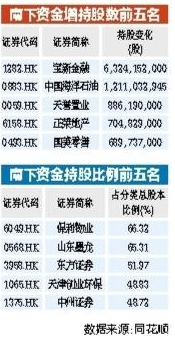
南下资金持续流入港股 年内增持中海油等43只港股逾亿股
-

降息“靴子”落地!深圳银行均已执行最新LPR报价
-

韦尔股份增持北京君正 增持后累计持有不超过5000万股
精彩图片
-

迄今最具破坏力小行星将掠过地球 飞行速度比高速飞行子弹快20倍
-

全球变暖影响人们睡眠时间 每年平均失去44小时睡眠时长
-

“下一代奇迹材料”石墨炔首创成功 填补碳材料科学空白
-

早期动物五亿多年前已形成复杂生态群落 为寒武纪大爆发奠定基础
-

西藏察隅发现中国最高树 高达83.2米胸径207厘米
-

揭示月背月壤粗细规律!月球表面年龄与月壤内部非均匀性呈正相关
-

长期暴露于野火中的居住人群 脑瘤发病率提高10%
-

研究发现:海草底部蔗糖浓度约比记录高80倍
-

4月苍穹精彩纷呈 群星“成团出道”
-

科学家发现新方法 提高鹿角珊瑚种植成功率
-

湖南首创数字贸易综合服务平台 1.2万家企业入驻
-

研究:每周吃5次或更少的肉与较低的总体癌症风险相关
热文
-

美巢专注家装环保辅料领域,致力于打造室内完美墙面
-

中视酒业供应链十大解决方案突破行业痛点多方共赢!
-

沈腾、马丽今晚做客“蘑菇屋“ 容声冰箱为新鲜美食保驾护航
-

资管机构遭仿冒,hopingclub华英会紧急澄清,请投资者提高警惕
-

QCY AilyPods蓝牙耳机预售10分钟破千台:够小够轻够性价比!
-

坚果投影仪O1和峰米R1 Nano,居家观影必备!
-

轻燃卡卡:轻体健康领域品牌林立,轻燃卡卡凭什么破圈出局?
-

数据表明母婴的风口要来了 选择靠谱的品牌是关键
-
郑明明抗皱凝时胶囊精华有效吗?要怎么用呢?
-

青海省商业性住房贷款利率下调 首套房贷利率调整为4.8%
-

太原多家楼盘已按房贷利率新标办贷 太原市民购房能省多少钱?
-

前5月兰州新区商品房销售面积环比增长约12% 价格同比增2.75%
-

5.26苏州楼市成交稳定 住宅房源共成交34367.37㎡
-

高管撑股价13家上市银行获增持 后续走势值得期待
-

A股退市名单再添两家 年内退市公司增至25家
-

银保监会拟全方位透视险企综合风险水平 全新划分风险等级
-

年内可转债募资超千亿元 募资规模略低于去年同期
-

前四月发放就业补贴超亿元 惠及高校毕业生3.8万人次
-

618选机困难症?一文读懂iQOO Neo6 SE、红米 Note 11T Pro怎么选
-
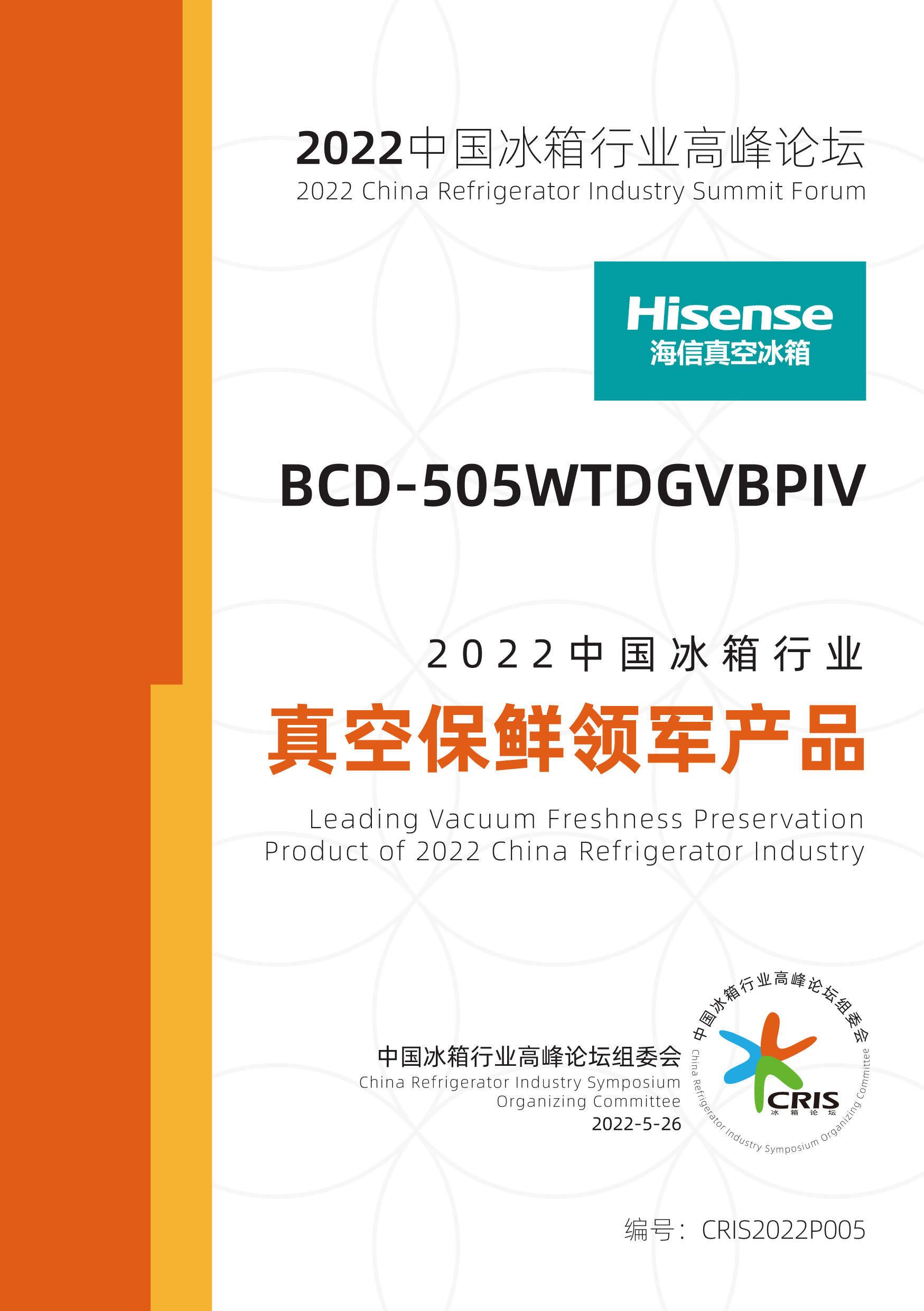
2022冰箱高峰论坛成功举办,海信真空冰箱获权威肯定
-

股票哪些技术指标最有用?如何设置股票技术指标参数?
-

深港通的标的股有哪些? 什么股票属于深港通?
-

95开头的电话能接不?9521是什么电话?
-

上折和下折什么意思? 现货折盘价是什么意思?
-

余额宝双休日也有收益吗? 零钱通周末有收益吗?
-

深发展信用卡怎么样?信用卡申请进度查询方法是什么?
-

余额宝转出10万要多久?余额宝实时到账吗?
-

乐蜂网创建时间是什么时候?乐蜂网还存在吗?
-

信用卡积分兑换订单怎么查询?5000积分兑换多少话费?
-

国美电器是做什么的董事长是谁?国美有哪些股票代码?
-
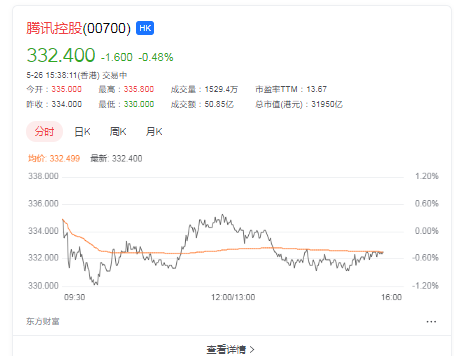
腾讯持有快手多少股票?快手与腾讯是什么关系?
-

余额宝一万块钱一天收益多少?余额宝可以当日提现吗?
-
中欧基金刘建平:优化机制和文化 提升专业能力 切实保护投资者利益
-
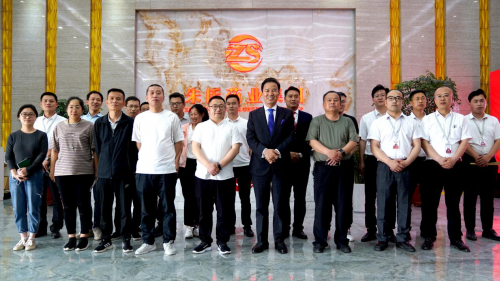
稻香村集团(山东公司)一行到访山东朱氏药业集团参观交流
-
蓝湾壳寡糖和壳寡糖益生菌 为您保肝护菌
-

品效双赢,“抖音520宠爱季”引领行业加倍“宠爱”
-

朱氏药业集团朱坤福:把握爆品时代机遇、迈进品牌时代新征程
-
招行信用卡借势金融科技,为客户创造更多价值
-
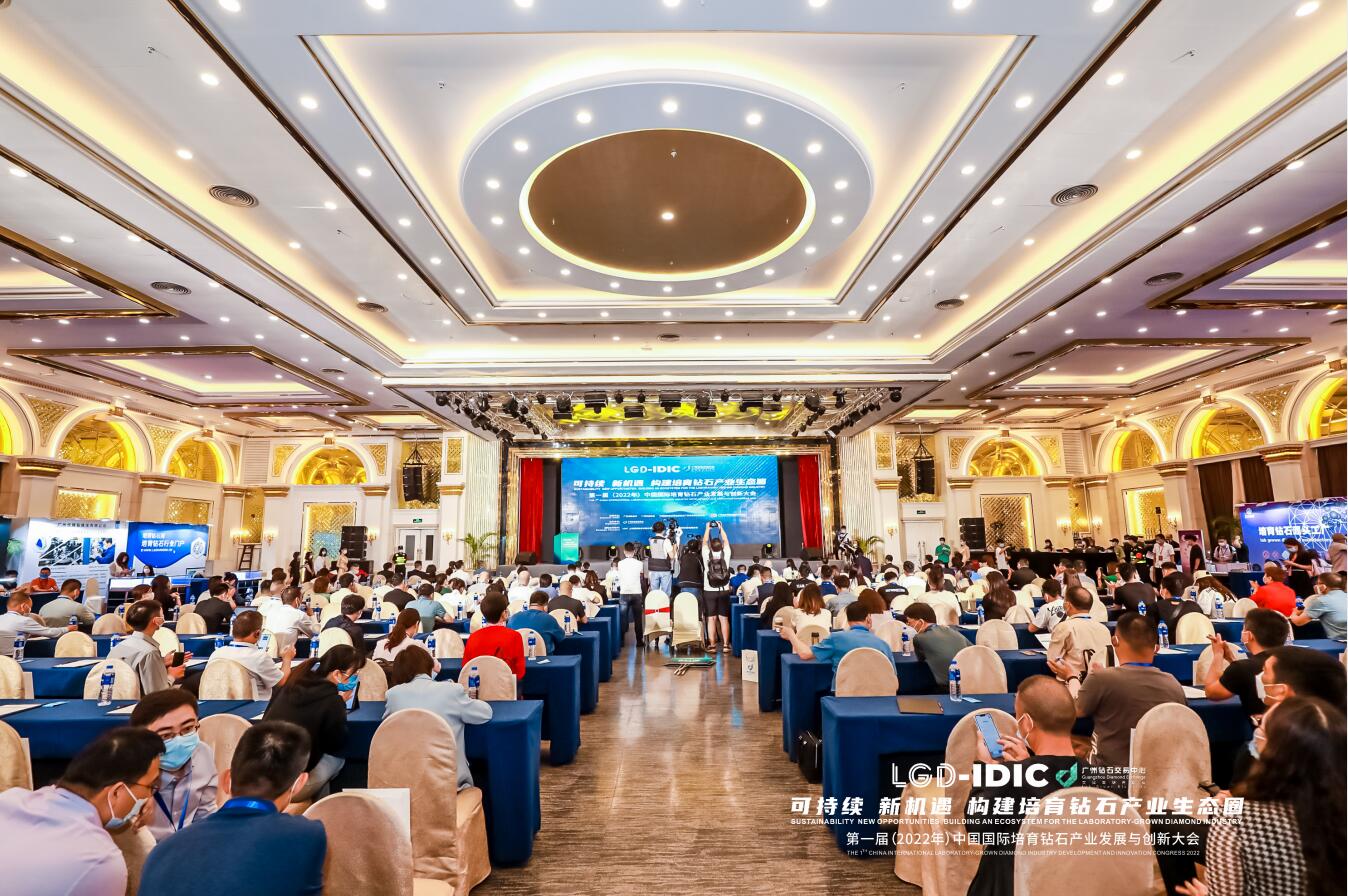
高新科技培育钻石,或掀时尚界新热潮
-
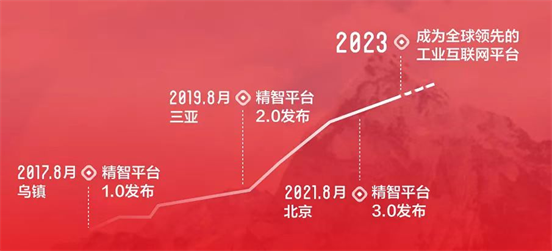
连续四年!用友精智成为国家级跨行业跨领域工业互联网平台
-

北交所首家转板公司诞生!观典防务在科创板上市
-

hoping club华英会成功的十个法则
-

618购游戏神机iQOO Neo6超优惠,至高24期免息+全程价保+保值换新
-

2022年新形象!AMIRO品牌全新视觉升级!
-

贵州酱酒集团“启航”,助力贵州白酒产业产业升级、产区发展
-

赛克斯发布2022年英国度假屋出租市场展望报告
-
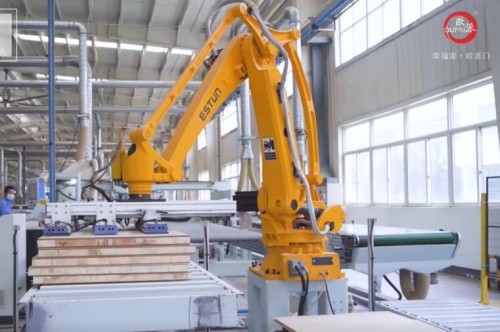
江山欧派以动求变,实现逆势增长,2021年营收增4.84%
-

焕白新篇章,伊肤泉美白祛斑,暗沉肌再回白嫩态
-
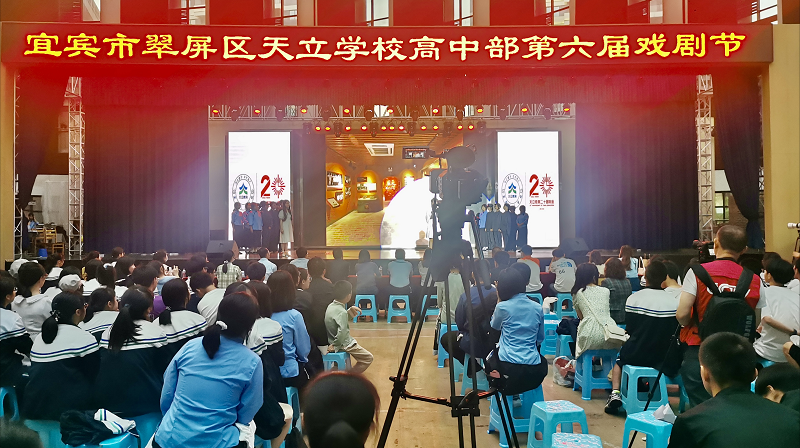
魅力舞台 倾情演绎:宜宾天立学校举办第六届戏剧节
-

重磅发布!全景求是荣获“2021年度最佳人力资源服务机构”
